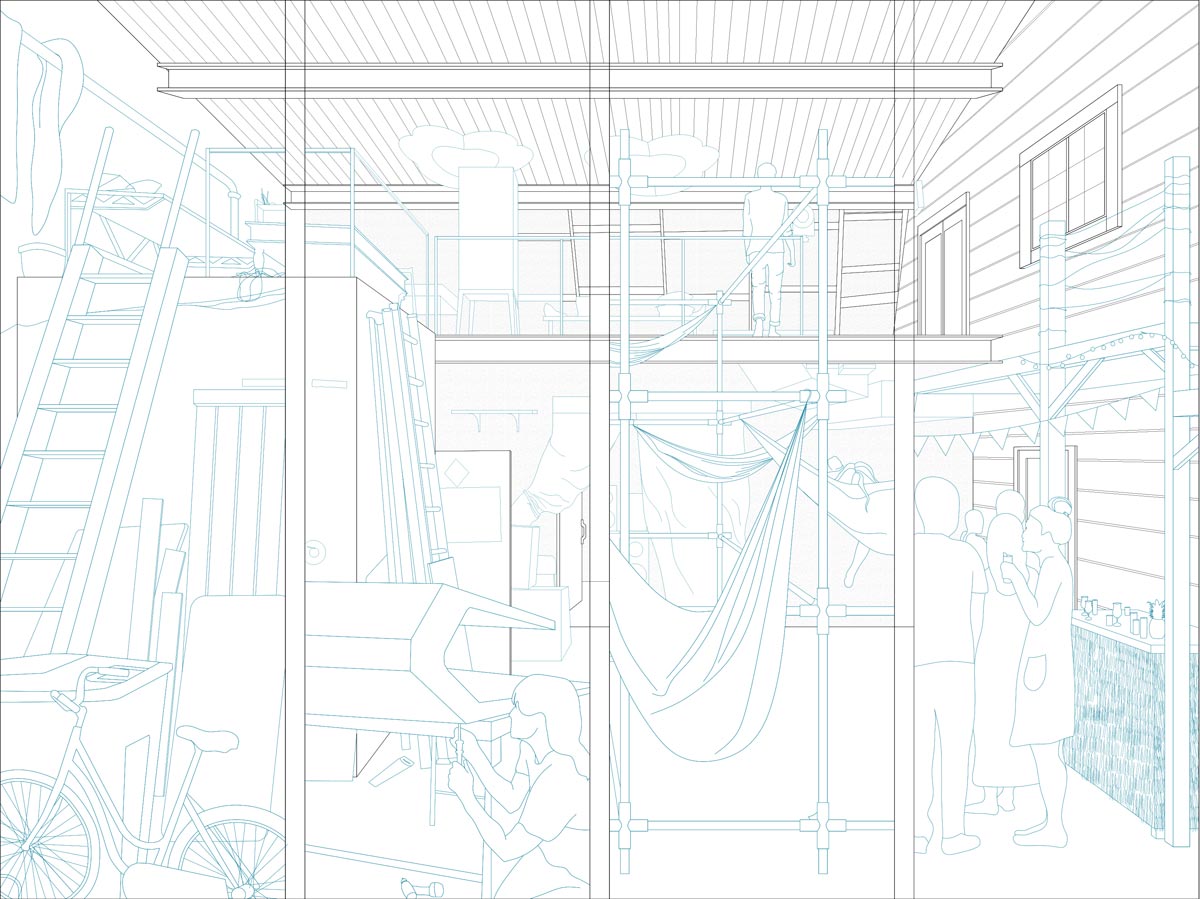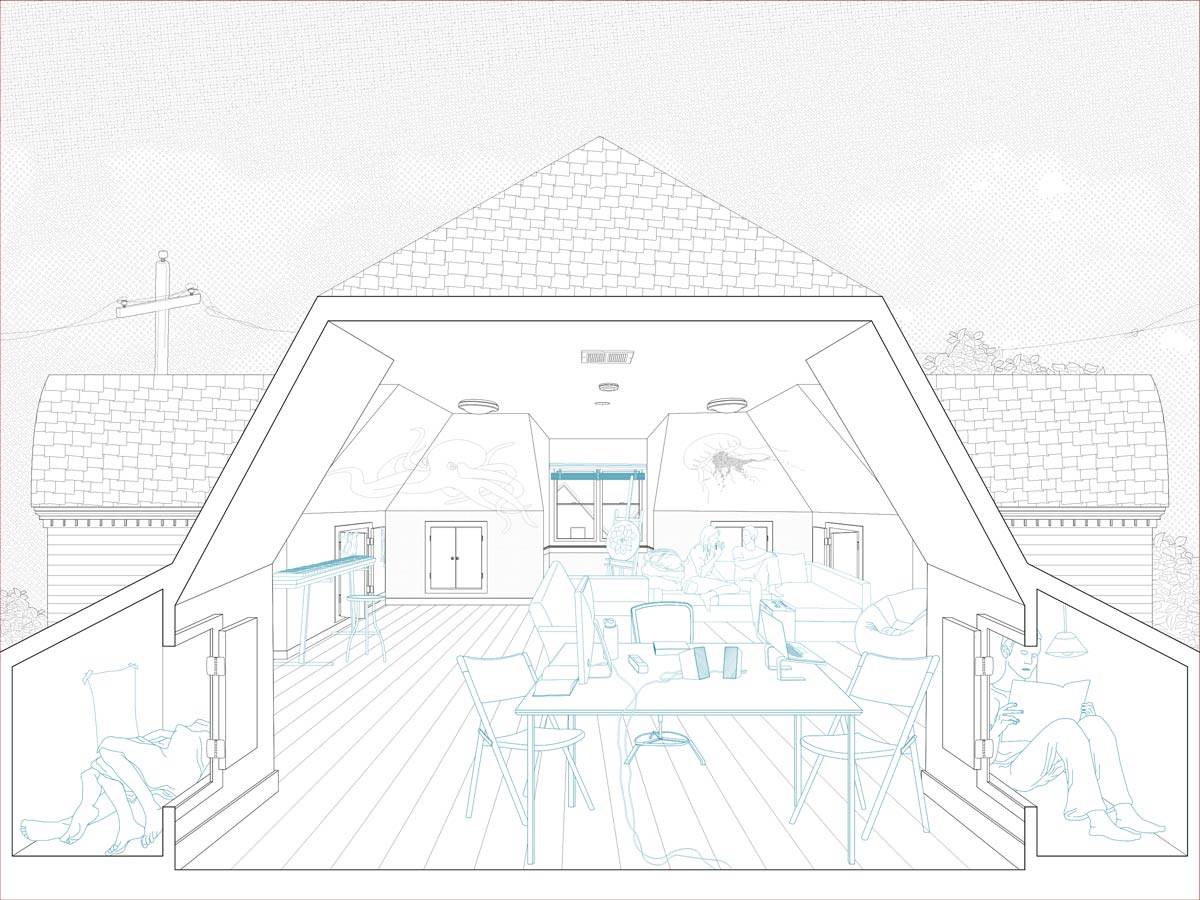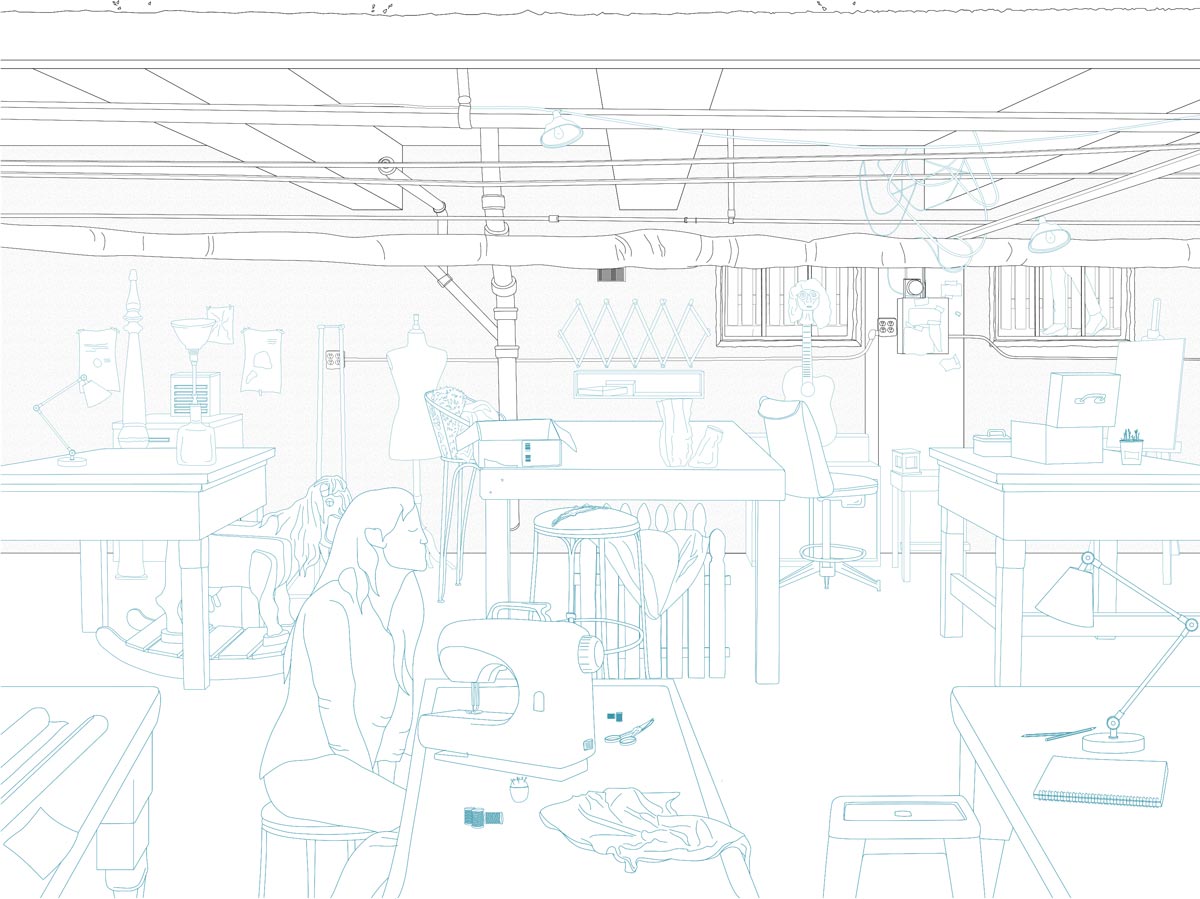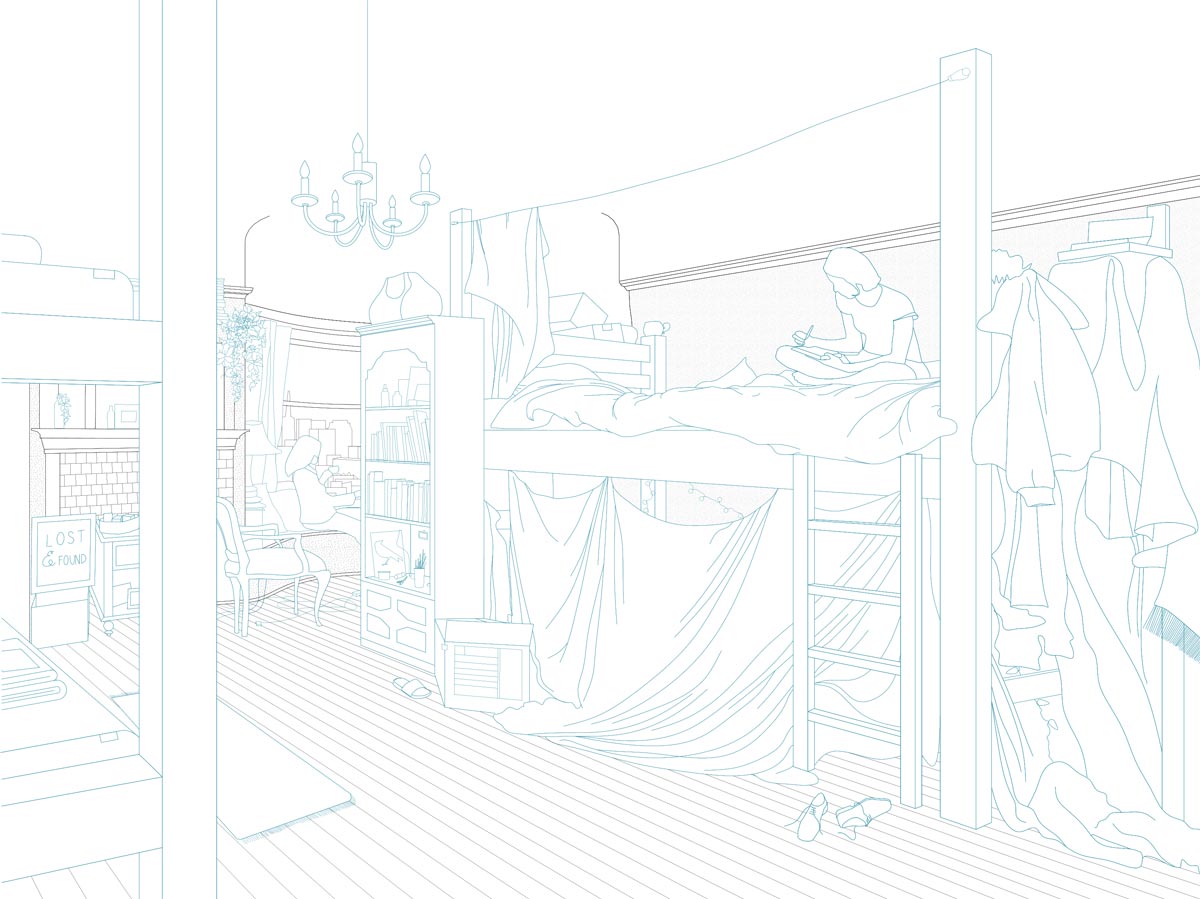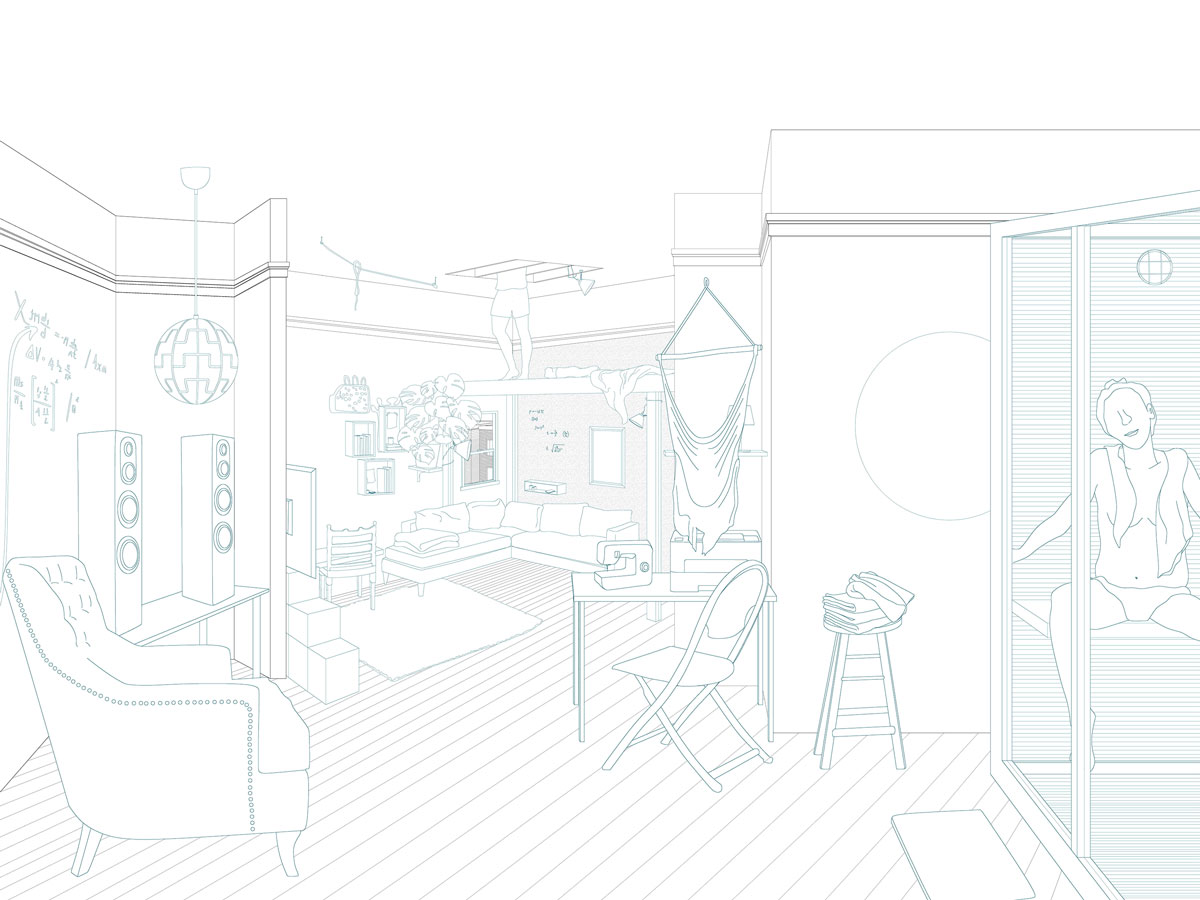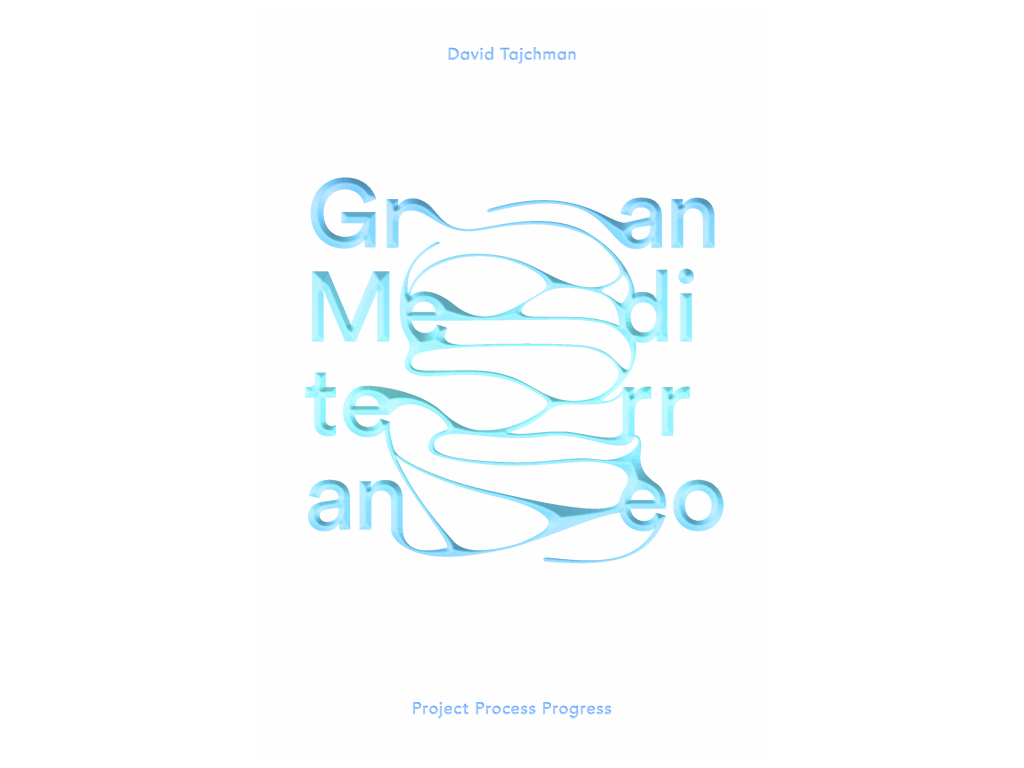At Home Together investigates the intentions and institutions of contemporary collective living experiments in San Francisco. Analyzing these domestic spaces through their spatial and social types as well as political ideology, the research aims to identify inherent patterns within the shifting conceptions of the public and private spheres. Against the backdrop of well-known communes of the 1960s and 70s, presented here are ten contemporary case studies of communal living – from communes to co-living to hacker hostels – as well as five projective design proposals. Framing the tension between the individual and the collective, At Home Together reveals the challenging negotiation between urban hardware and soft forms of reappropriation.
“The only indispensable material factor in the generation of power is the living together of people. Only where men live so close together that the potentialities of action are always present can power remain with them.“
—Hannah Arendt, The Human Condition
In recent years, communal living in San Francisco has gained widespread attention for its potential to address the affordability crisis in this highly desirable geography. While media accounts of this domestic typology typically describe it for its economic efficiency – incorporating it into simplistic narratives about gentrification and rising rents – this ‘necessity-oriented’ explanation of communal residences misses the breadth of motivations and manifestations of intentional communities, from socio-political values to professional networking and lifestyle affinities. The notion of living together is not new to San Francisco. In fact, during the 1960s San Francisco became a critical hub for the development of communes. The commune acted as a space for experimentation – of alternative politics, lifestyles, and an attempt to go beyond the nuclear family. These spaces sought to more precisely curate a way of living that existed outside of the system. Against this backdrop that has shaped the city, communal living is once again seeing a resurgence. Within a culture of the declining significance of the nuclear family, communal living has offered meaningful social units and an institution of culture, values, community and support. Not only has living together embraced a larger range of users, through sharing resources these spaces inherently build a commons and offer a higher quality of social life. In parallel, contemporary modes of communal living have expanded from communes to include new experiments in co-living, hacker hostels, timeshared spaces, etc. Several of these are tied to the rise of the sharing economy, which also emerged in San Francisco. Peer-to-peer software experimentation has found the opportunity to effectively reorganize the city’s resources and spaces, including housing. Reconsidering how we live, these platforms have effectively tapped into the transience of new forms of domestic life.
In the complex context of the resurgence of communal living, and against the backdrop of well-known communes that shaped the image of San Francisco in the 1960s and 70s, At Home Together analyzes the social and spatial typologies of contemporary co-living conditions – from the intentional to unintentional, revealing how these domestic typologies leverage their hold on scarce urban space while shaping broader communities. Analyzing these domestic spaces through their spatial and social types as well as political ideology, the research aims to identify inherent patterns within the shifting conceptions of the public and private spheres as they map themselves onto the hierarchical frameworks of today’s urban environment. We recognize that living together is not easy – it requires compromise, negotiation, inconvenience, and patience. More importantly, it requires architectural design to mediate our lifestyles, scales of sharing, and uses over time. How we live together and how we gain privacy is the core of how our politics are shaped. At Home Together positions itself as the production of concrete knowledge on how collective uses and spaces are shaped for reappropriation and interpretation.
The breadth of co-living experiments in San Francisco defies simplified notions of what constitutes communal living today. Within the context of a housing crisis, contemporary communal living experiments offer a range of spaces from affordable housing (necessity-oriented) to spaces of alterity (politically oriented). Our contention is that despite the motivations of living together, these spaces offer the potential for communities to more freely express how they want to live. Uncovering today’s hidden communal experiments provides insight into the role of the domestic realm in relation to political participation, pluralism, and the conception of the public sphere in cities today. While several of these existing spatial typologies were originally designed for other purposes, and typically to house a nuclear family, we argue that projective design can offer the possibility to more accurately reflect who we are today, and thereby how we can live. The spatial typologies – both existing and projective – frame the tension between the individual and the collective, the formal and informal, high-tech and low-tech, between urban hardware and soft forms of reappropriation. While the home is emblematic of a private world, we ask how we can live together in one of our most intimate environments.
